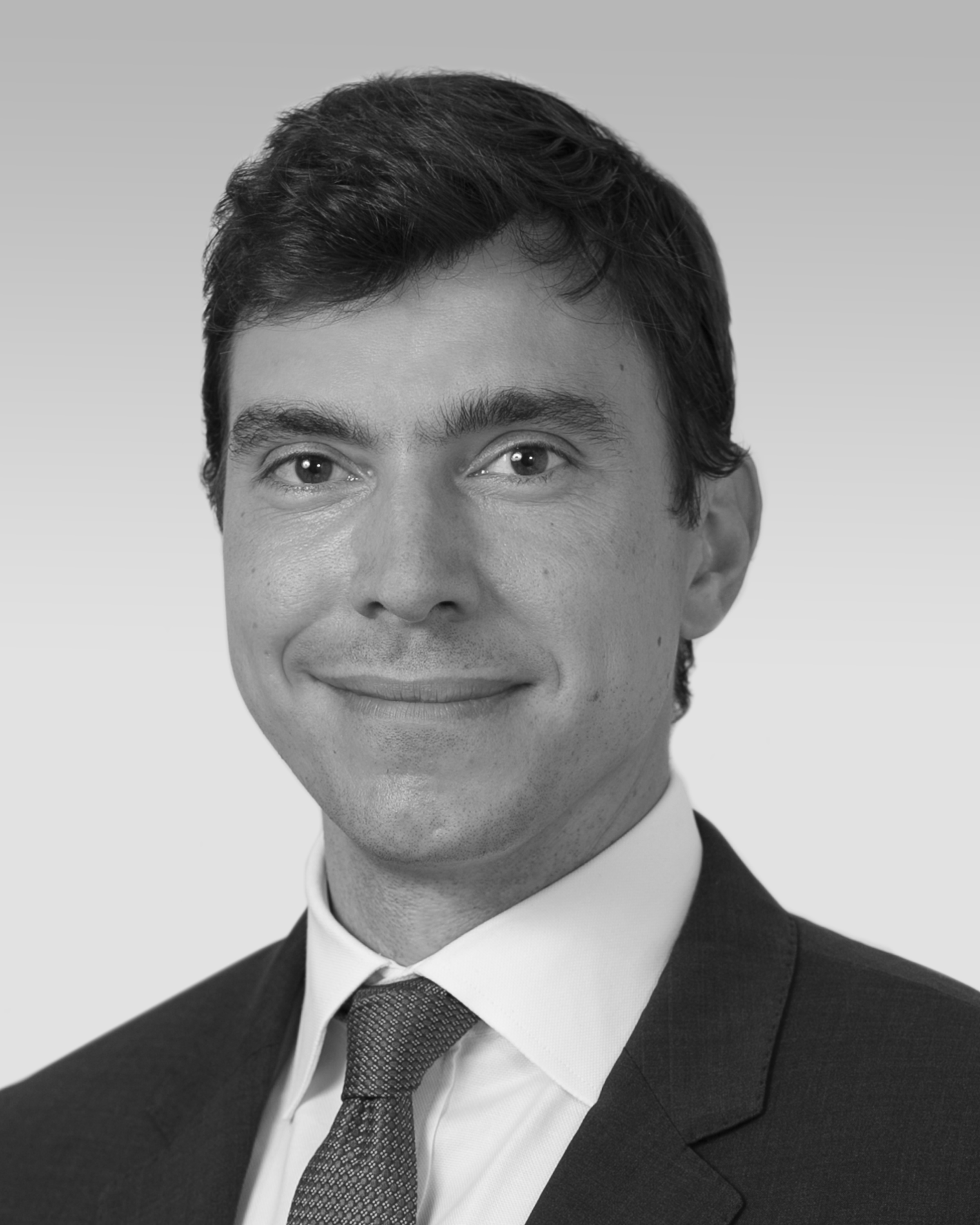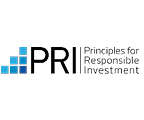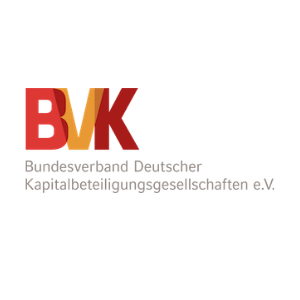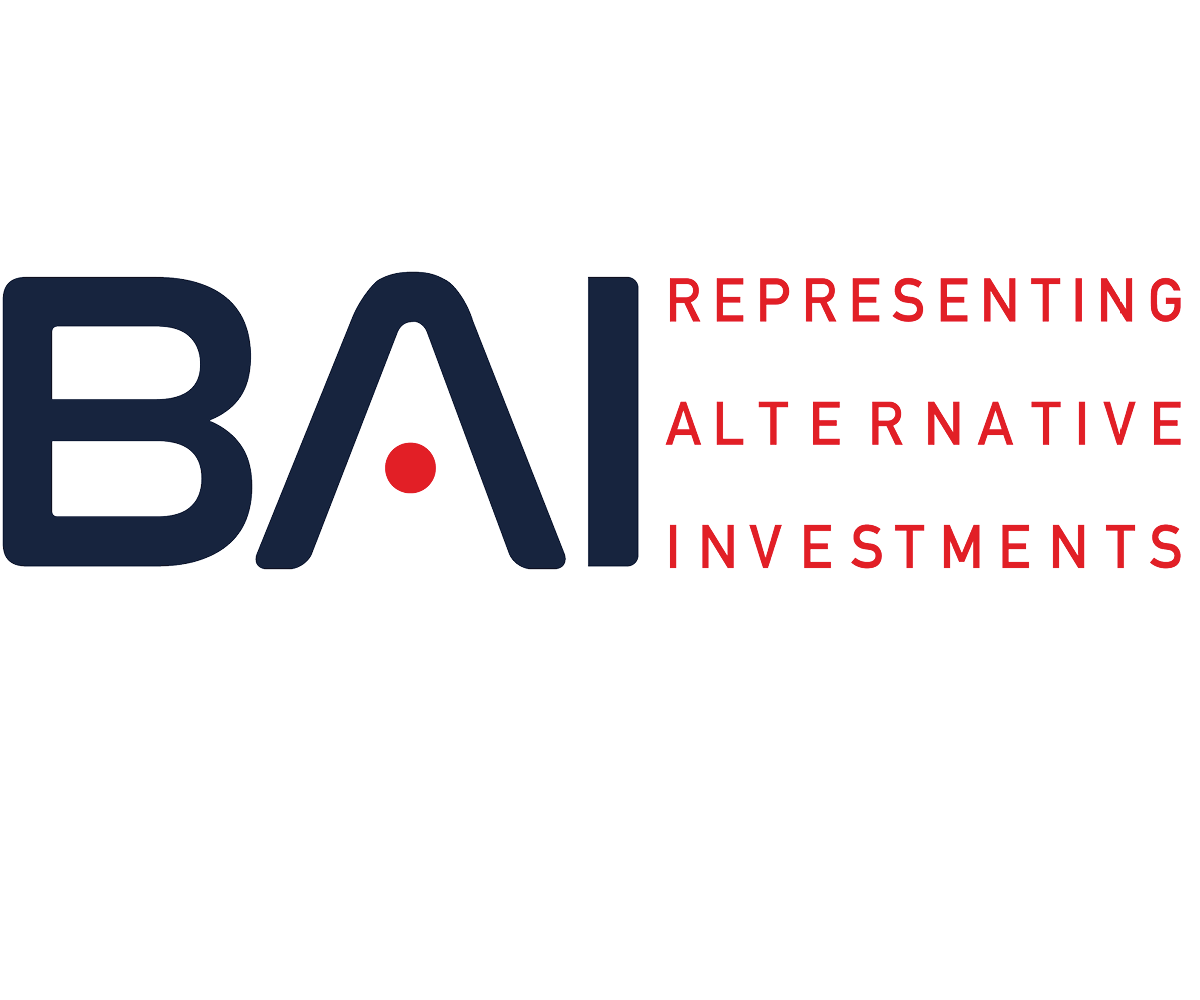The secondary market is growing. Deal volume was $48 billion in the first half of 2021 and the projections for full year deal volume are between $90-100 billion which would be a record. What are the drivers behind this growth and what does it take to create a balanced, high-quality portfolio? HQ Capital Insights presents Ben Wilson, Managing Director, discussing the current state of the secondary market:
Insights: Ben, what do you see as driving growth in secondaries?
Ben: I see it as a function of three things. First is the overall growth of private equity AUM. As pri-vate equity volume grows, in the form of primary commitments, so does the potential for second-aries down the line. Second is the uptick in current secondary products available. When I started in secondaries in 2008 there was a little bit of a stigma around LPs selling their interests, whereas to-day it is commonplace. The third thing is innovation within secondaries. The GP-Led space, for in-stance, has grown to become a much larger part of the market in recent years as well as preferred equity deals.
Insights: And do you see a correlation between the growth of fundraising and the rise of secondar-ies?
Ben: Definitely. We have seen about 10% growth in fundraising in private equity year-over-year in the last decade. Every time new dollars are raised, that becomes a possible secondary deal.
Insights: That means your potential for secondaries increases also about 10% year-over-year?
Ben: Right. If you think about secondary market volume as a percent of overall private market AUM, it oscillates between ~0.6% and ~1.2% over the last decade. There is no reason it has to re-main at this level. As more innovative products inevitably appear, secondaries volume will increase even more. The main takeaway is that while people pay attention to the increase in transactions and number of secondaries buyers, I think what often gets lost is that the supply still outweighs the demand. This creates an imbalance and, as a buyer, this means the wind is at your back.
Insights: How big do you think the secondary market will become in the next five to ten years?
Ben: If you just consider that you have 10% growth in private market AUM over the next ten years, and the percent of secondary market volume is ~1.0% of that AUM, you are tripling your volume in ten years which would be ~$300 billion based on 2021 estimates. However, it is likely to be even greater than that, and there are predictions that are much larger, because as secondaries continue to become more accepted, we expect turnover to increase. Of course, there are a lot of different ways it could go but the likelihood is that it will continue to increase substantially over the next decade.
Insights: Why is it attractive for investors to increase their secondary allocation?
Ben: Secondaries can be a good place to start because you can put a lot of money to work immedi-ately, build a diversified portfolio quickly, and get your money turned around a bit quicker. Even if you are an existing investor in private equity, there is a lot of potential upside to adding secondar-ies to your portfolio. Say you are a Family Office with a strong private equity allocation already and you are getting back a lot of distributions right now. Allocating a portion of that to secondaries puts those distributions to work right away while avoiding the J-curve that occurs with new funds. On top of that, many times you are getting in at a pretty good discount to the valuation of what the assets are actually worth.
Insights: What is the profile of the sellers you are seeing in the market? Why are they selling?
Ben: The percentage of sellers that are sovereign wealth funds, asset managers, public pensions, etc. changes a lot from year to year and the classifications shift depending on who is categorizing them (e.g., one group’s Family Office is another’s Fund of Fund) so I do not think it is a productive exercise to try and identify trends based on that. One trend that is undeniable though is the GP as a seller. GP-Led deals have really become a large part of the market and it is continuing to increase. In 2016 the GP as a seller made up less than a quarter of overall volume but has grown to an esti-mated 60% as of the first half of 2021. Whether that volume will continue is debatable but the one easy takeaway here is that the GP as a seller is becoming a very significant part of the market.
Insights: Why do you think GPs have become such a big part of the market?
Ben: This has a lot to do with the way funds are structured; typically, a ten-year term plus two one-year extensions. The reality is that holding periods are usually six to eight years (at least the target holding periods). This presents a problem for managers because they may be holding well-performing assets that they don’t want to sell either because there is not a suitable alternative as-set in which to reinvest the money or because it may not be in the best interest of their investors to sell without completing the value creation plan. What they can do instead is take these assets, sometimes it is a single company and sometimes several, and move them into what is called a con-tinuation vehicle which gives the LPs in the fund a way to continue to hold a position in these un-derlying companies or to get liquidity and exit the fund. This allows the GP to address the different needs of their LPs in the current fund and gives them the ability to stick with investments that they really like beyond the traditional investment period.
Insights: Do you see buyers migrating towards deals with certain characteristics?
Ben: Yes, but they are not migrating towards the same ones. Buyers are specializing, and this has been happening for several years. When I first got involved in secondaries, everyone was doing the same thing, and you had to because the volume of secondaries was such that you could not really specialize by industry or stage. All you would do was look at the assets and try and price them ap-propriately.
Insights: How has this changed over the years?
Ben: As transaction volume has increased, and as the supply continues to outweigh the demand, buyers have been able to develop their own advantages or specializations. For instance, HQ Capital has decades-long relationships with top-tier managers from its primary platform and leverages those relationships to buy high-quality assets. There are other managers that have strategies based on the idea that everything has a price, or that older funds tend to be underpriced by the market, or, increasingly, that they have insight into particular types of companies or industries. (It is still difficult to concentrate on specific industries but there are some groups that are looking more at tech or healthcare focused secondaries.) I think that trend will continue but I also think that it will be more important every year for secondaries buyers to determine where their outsized compe-tence is, where they have an advantage and operate within those boundaries.
Insights: You mentioned the trend towards GP-Led deals. Has anything in the GP-Led part of the market caught your attention recently?
Ben: Within GP-Led deals you can have a portfolio of assets, or you can have a single asset. I think what has caught everyone’s attention is the growth of single assets within GP-Leds, estimated at about half of all GP-Led deal volume. Many times, GP-Leds involve investment banks that are more accustomed to think about single company deals. Further, from an execution perspective, it is easi-er to execute single company deals than multiple company portfolios. Overall, I think single com-pany deals will be a very big part of the GP-Led market, but we are starting to see GP-Led portfolios come back a bit.
Insights: Pricing for buyout assets increased in 2021 over 2020 levels. What have you seen in the assets you are looking at?
Ben: In the business overall, and in our own pipeline, pricing has remained very stable. There are more investors today than there were five years ago, but if you look at pricing, it is actually about the same. Pricing for all strategies was about 92% of NAV in 2014, and in the first half of 2021 it was about 90% of NAV. During that period, pricing oscillated between the high-eighties and low nine-ties. Buyout pricing is usually higher by about 3-5% points. In 2014 it was 96%, the same as the first half of 2021. So, overall, we are not seeing a trend of higher pricing. If you compare pricing on a apples-to-apples basis today versus pre-2014 activity, it will show an increase but, overall, it has been really stable despite the increased transaction volume, particularly since the end of the GFC/Volker Rule/Basel III driven time period.
Insights: Where is your focus today?
Ben: Whether we are in up markets, down markets, or in-between, our focus is always on buying high-quality assets. In general, what we want to see is company top-line growth rates that are steady year-over-year, and healthy EBITDA margins. We focus mostly on buyout and growth assets so there are not a lot of companies that are not profitable on an EBITDA basis. And we generally do not want onerous leverage levels but, we know that compared to the public market, leverage levels are going to be higher for buyout and growth assets. We still conduct a bottom-up analysis on all of the deals in which we invest, and diversification is important.
Insights: And how can you get access to these high-quality assets?
Ben: The edge we bring to many of our secondaries is the relationships we have with managers, particularly restrictive ones who will not approve an investment to every buyer. Having invested with certain managers over ten and 20-year periods across multiple funds makes them more com-fortable with us becoming an LP than a secondary group that they don’t really know or who has not been supportive of them. And that is how we build our portfolios over time - through disciplined pricing with these types of assets and these types of managers.
Important disclaimers and performance disclosures
All data and information as of June 2021 unless otherwise noted. Based on HQ Capital research and analysis and the following sources: Jefferies Global Secondary Market Review (July 2021) and legacy Greenhill Cogent Global Secondary Market Reviews; Preqin. This document does not constitute an offer to sell, or a solicitation of an offer to buy, any security and may not be relied upon in connection with the purchase or sale of any security. HQ Capital prohibits any redistribution of this document without the prior written consent of HQ Capital. The document is not intended for distribution to, or use by, any person or entity in any jurisdiction or country where such distribution or use is contrary to law, rule or regulation. HQ Capital makes no guarantee of future outcomes and/or targets. Past performance is not necessarily indicative of future results. Any projections and forecasts contained in this document are based on a variety of estimates and assumptions. There can be no assurance that the assumptions made in connection with the projections and forecasts will prove accurate, and actual results may differ materially. Opinions expressed are current opinions as of the date appearing in this material only. The information provided in these materials is illustrative and no assurance can be provided that any of the future events referenced herein (including projected or estimated returns or performance results) will occur on the terms contemplated herein or at all. While the data contained herein has been prepared from information that HQ Capital believes to be reliable, HQ Capital does not warrant the accuracy or completeness of such information.
















